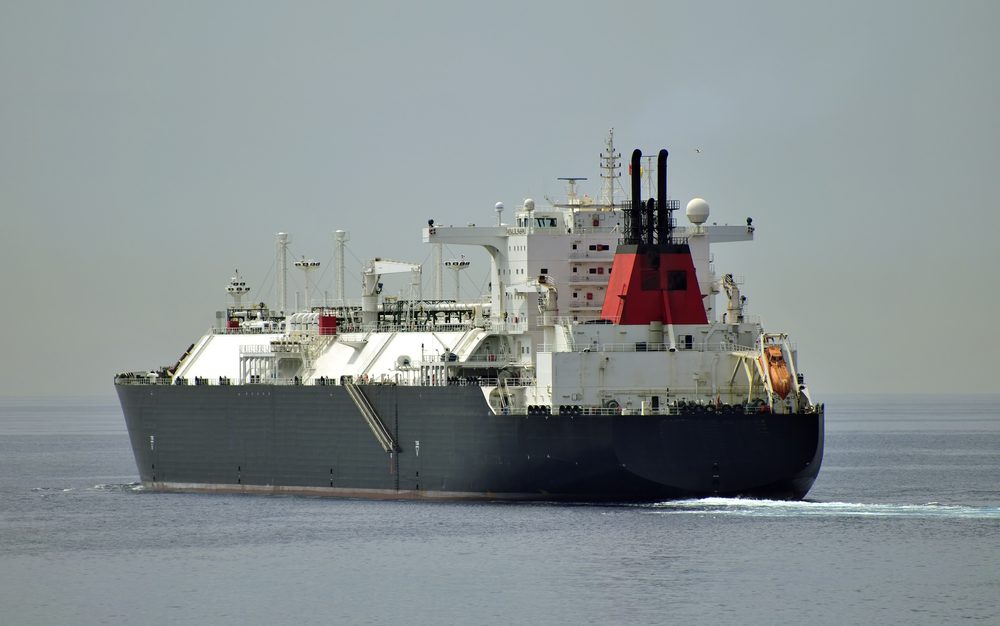By Jim Polson and Jonathan N. Crawford
(Bloomberg) — An impending flood of U.S. shale gas into the global market stands to lower the price of the heating fuel in Asia by almost 5 percent while marginally raising costs to customers at home, a study commissioned by the U.S. Energy Department shows.
Exports of 20 billion cubic feet of U.S. gas by 2025 may cut prices in the Asia-Pacific market by 73 cents per million British thermal units, while increasing U.S. prices by a mere 15 cents in the same period, according to the study authored by Oxford Economics and the Center for Energy Studies at Rice University. Despite the climb in domestic prices, the shipments would be “marginally positive” for the U.S. economy because of bigger profits and more spending on production of the fuel, the report shows.
The analysis, posted on the Energy Department’s website Monday, comes as U.S. regulators consider an unprecedented number of proposals to export natural gas from booming shale fields. The surge in production from the tight-rock formations led to record stockpiles of the fuel domestically, and producers are looking for markets abroad to alleviate the glut.
“As exports increase, the spread between U.S. domestic prices and international benchmarks narrows,” according to the report. “In every case, greater LNG exports raise domestic prices and lower prices internationally. The majority of the price movement (in absolute terms) occurs in Asia.”
The Energy Department has approved projects that may send as much as 10 billion cubic feet a day of U.S. gas abroad and is considering applications for another 35 billion. The heightened interest is what prompted the latest report, an update of a 2012 study that found economic benefits from exporting 12 billion cubic feet a day.
Echoed Results
The results echoed the December 2012 study that DOE commissioned from NERA Economic Consulting. The agency will use the research as it evaluates export applications, department spokesman Eben Burnham-Snyder said by phone.
Exports may lead to shrinking profit margins for cement, concrete and glass makers who use gas as a fuel in the U.S., Monday’s report shows. Chemical, plastics and fertilizer producers have fought the shipments, saying they could raise manufacturing costs, curbing economic growth and leading to job losses.
Among the projects pending Energy Department approval are the Golden Pass LNG terminal near Sabine Pass, Texas, proposed by Qatar Petroleum International and Exxon Mobil Corp.; Veresen Inc.’s Jordan Cove LNG project in Coos Bay, Oregon; and Energy Transfer Equity LP’s Lake Charles LNG terminal in Louisiana.
The U.S. may become a net-exporter of gas as early as 2016 based on U.S. Energy Information Administration forecasts. The first of what’s expected to be a deluge of LNG shipments out of the lower 48 states is slated to leave Cheniere Energy Inc.’s Sabine Pass terminal on the U.S. Gulf Coast in January.
©2015 Bloomberg News
Unlock Exclusive Insights Today!
Join the gCaptain Club for curated content, insider opinions, and vibrant community discussions.

 Join The Club
Join The Club







![A screengrab of a map showing an earthquake Mindanao, Philippines on Dec 2, 2023. (Image: US Geological Survey [USGS])](https://gcaptain.com/wp-content/uploads/2023/12/Screenshot-2023-12-02-at-10.45.17-AM-copy.png.webp)





